How to Install Solar Powered Lights for Stairs Easily
Solar powered stair lights are an eco-friendly, cost-effective way to enhance nighttime safety on staircases, whether indoors or outdoors. These lights eliminate the need for complex wiring, making them ideal for homeowners seeking easy installation and reliable stairway illumination. With features like motion sensor solar lights, they provide enhanced visibility and security without increasing energy costs. This step-by-step guide will walk you through installing solar powered lights for stairs, focusing on optimal placement, motion-activated lighting, and low-maintenance designs to ensure safe navigation after dark.
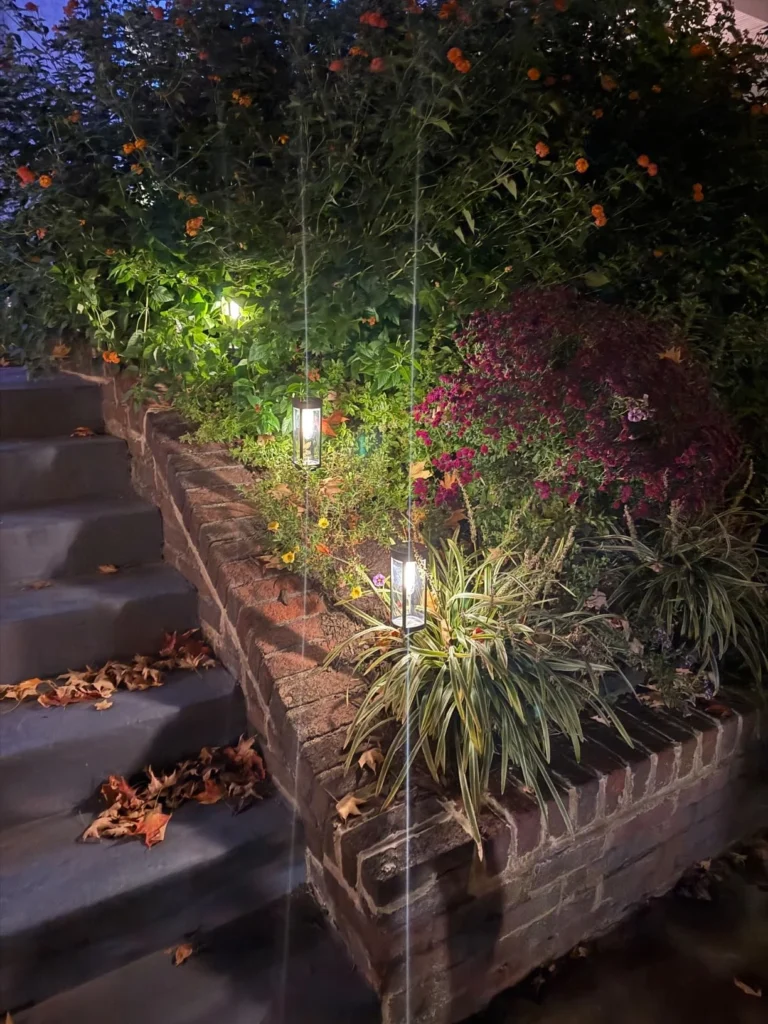
Why Choose Solar Powered Stair Lights?
Solar powered stair lights offer a sustainable solution for illuminating staircases, reducing the risk of trips and falls during nighttime hours. Unlike traditional wired lighting, these lights harness solar energy to power efficient LEDs, eliminating electricity bills and reducing environmental impact. Their wireless installation appeals to DIY enthusiasts, as they require no electrical expertise or costly professional services. Additionally, motion sensor solar lights enhance nighttime safety by activating only when movement is detected, conserving energy while providing targeted illumination.
Step 1: Assess Your Staircase and Lighting Needs
Before installing solar powered lights for stairs, evaluate your staircase to determine the number of lights needed and their ideal placement. Consider the following:
- Staircase type: Outdoor staircases, such as those leading to a porch or deck, require weather-resistant solar stair lights to withstand rain, snow, or heat. Indoor staircases, like those in basements, benefit from solar powered stair lights with motion-activated lighting for occasional use.
- Number of steps: Plan to install one light per step or every other step, depending on brightness and coverage. Most solar stair lights emit 5-20 lumens, sufficient for stairway illumination and ambiance.
- Safety priorities: Focus on areas with uneven steps or poor visibility to enhance nighttime safety. Motion sensor solar lights are particularly effective for highlighting movement on stairs.
This initial assessment ensures your solar powered lights for stairs meet both functional and aesthetic needs.
Step 2: Choose the Right Solar Powered Lights
Selecting the appropriate solar stair lights is crucial for effective stairway illumination. Look for features that align with your needs:
- Brightness and lumens: For stairs, solar powered stair lights with 5-20 lumens provide adequate illumination for safety without overwhelming glare. Brands like Bitpott offer models with adjustable brightness for versatility.
- Motion sensors: Motion sensor solar lights activate upon detecting movement, making them ideal for conserving battery life and enhancing nighttime safety on infrequently used stairs.
- Durability: Choose lights with IP65 or higher weatherproof ratings for outdoor use to ensure resistance to rain, dust, and extreme temperatures.
- Design: Compact, low-profile solar stair lights blend seamlessly with staircase aesthetics, while stake-style solar lights or wall-mounted options offer flexibility for outdoor or indoor settings.
Opting for motion-activated lighting and durable designs ensures long-term reliability and minimal maintenance.
Step 3: Identify Optimal Sunlight Locations
For solar powered stair lights to function effectively, their solar panels must receive 6-8 hours of direct sunlight daily to charge the internal batteries. Proper placement is key to consistent performance:
- Outdoor staircases: Position solar stair lights where their solar panels face south (in the Northern Hemisphere) to maximize sunlight exposure. Avoid shaded areas under trees, overhangs, or buildings.
- Indoor staircases: For indoor use, consider solar powered lights for stairs with detachable solar panels that can be placed near a window or outside. Bitpott offers models with flexible solar panel designs for such scenarios.
- Seasonal adjustments: In areas with limited winter sunlight, choose solar stair lights with high-efficiency solar panels or larger battery capacities to ensure reliable stairway illumination.
By prioritizing optimal sunlight exposure, you guarantee your solar powered stair lights remain charged and functional throughout the night.
Step 4: Install the Lights with Ease
One of the primary advantages of solar powered lights for stairs is their wireless installation, which requires no electrical wiring or professional assistance. Follow these steps for a hassle-free setup:
- Prepare the surface: Clean the staircase surface (wood, concrete, or metal) to ensure adhesive or mounting hardware adheres properly. For outdoor stairs, remove dirt or debris.
- Position the lights: Place solar stair lights on the edge of each step, riser, or adjacent wall to maximize stairway illumination. For even coverage, space lights 1-2 feet apart.
- Secure the lights:
- Adhesive-backed lights: Many solar powered stair lights come with strong adhesive strips for quick attachment to smooth surfaces like wood or tile.
- Screw-mounted lights: For added stability, use screws to secure lights to outdoor stairs, especially in high-traffic areas.
- Stake-style solar lights: For ground-level stairs or adjacent garden areas, insert stake-style solar lights into soft soil for easy placement.
- Test the alignment: Ensure the solar panel on each light is angled toward sunlight. For motion sensor solar lights, verify that the sensor faces the direction of foot traffic.
This easy installation process typically takes less than an hour, making solar stair lights a convenient choice for homeowners.
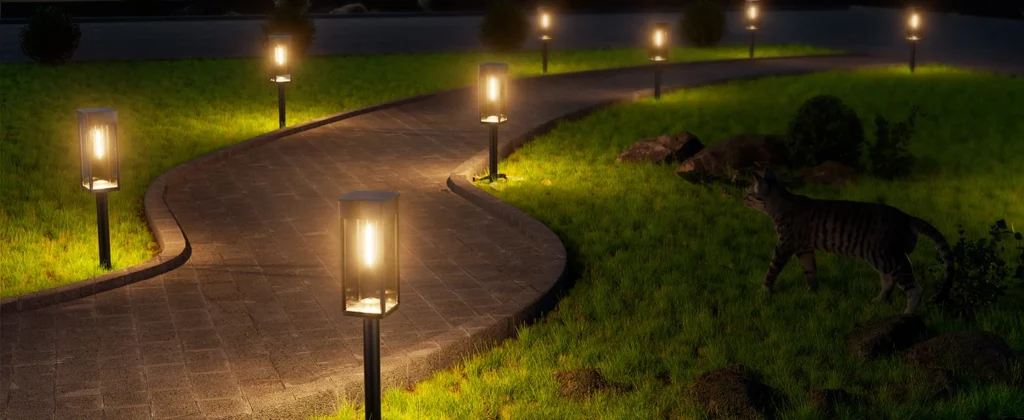
Step 5: Configure Motion Sensors (If Applicable)
Motion sensor solar lights are a popular choice for staircases, as they provide on-demand stairway illumination while conserving energy. To optimize their performance:
- Adjust sensitivity: Set the motion sensor to detect movement within 6-10 feet, ideal for staircases. Avoid overly sensitive settings to prevent false triggers from pets or wind.
- Set duration: Most motion-activated lighting allows you to adjust how long the light stays on after detecting motion (typically 10-30 seconds).
- Test functionality: Walk up and down the stairs at night to ensure the motion sensor solar lights activate promptly and provide adequate nighttime safety.
These settings enhance both energy efficiency and user safety, particularly in low-traffic areas.
Step 6: Maintain Your Solar Stair Lights
Solar powered lights for stairs are designed to be low-maintenance, but periodic care ensures long-term performance:
- Clean solar panels: Dust or debris on the solar panel can reduce charging efficiency. Wipe panels with a damp cloth every 3-6 months.
- Check batteries: Most solar stair lights use rechargeable lithium-ion batteries, lasting 1-2 years. Replace them if illumination dims significantly.
- Inspect for damage: For outdoor solar powered stair lights, check for water ingress or corrosion after heavy storms.
By maintaining your solar stair lights, you ensure consistent stairway illumination and prolonged durability.
Benefits of Motion Sensor Solar Lights for Stairs
Motion sensor solar lights offer unique advantages for staircases, enhancing both safety and efficiency:
- Energy conservation: By activating only when needed, these lights extend battery life, reducing the need for frequent recharging.
- Enhanced safety: The instant illumination provided by motion-activated lighting ensures steps are clearly visible, reducing the risk of accidents.
- Deterrent effect: For outdoor stairs, motion sensor solar lights can discourage intruders by illuminating unexpectedly upon movement.
These benefits make motion sensor solar lights a top choice for homeowners prioritizing nighttime safety.
Environmental and Cost Advantages
Solar powered stair lights are an environmentally friendly choice, relying on solar energy to eliminate electricity costs and reduce carbon footprints. Their wireless installation avoids the need for invasive wiring, preserving the integrity of your staircase and surrounding landscape. Over time, the initial cost of solar stair lights is offset by energy savings and minimal maintenance, making them a cost-effective solution for stairway illumination.
Practical Tips for Optimal Performance
To get the most out of your solar powered lights for stairs:
- Reposition seasonally: Adjust the angle of solar panels to account for changing sunlight patterns throughout the year.
- Choose warm lighting: Opt for solar stair lights with a warm white color temperature (2700-3000K) to create a welcoming ambiance while maintaining visibility.
- Store during extreme weather: In regions with severe winters, consider storing outdoor solar powered stair lights indoors to protect against damage.
These practices ensure your solar stair lights remain effective and visually appealing year-round.
Conclusion
Installing solar powered lights for stairs is a straightforward, eco-friendly way to enhance nighttime safety and add charm to your home. By following this step-by-step guide—assessing your staircase, choosing motion sensor solar lights, ensuring 6-8 hours of direct sunlight, and leveraging easy installation—you can achieve reliable stairway illumination without the hassle of wiring. Brands like Bitpott offer durable, user-friendly options that cater to both indoor and outdoor staircases. With proper placement and minimal maintenance, solar powered stair lights provide a safe, sustainable, and stylish solution for navigating stairs after dark.

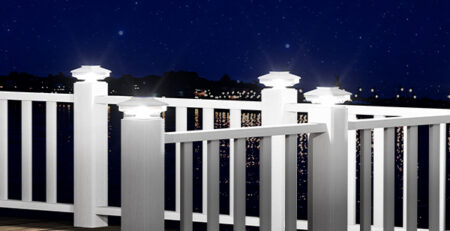
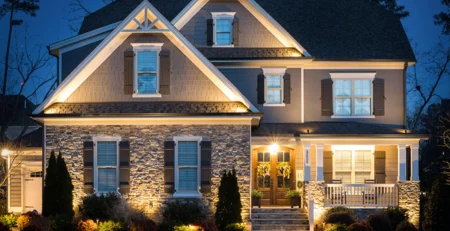
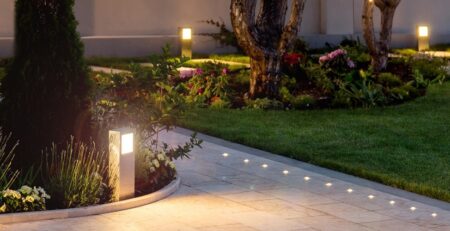
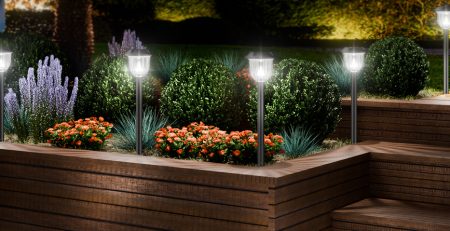
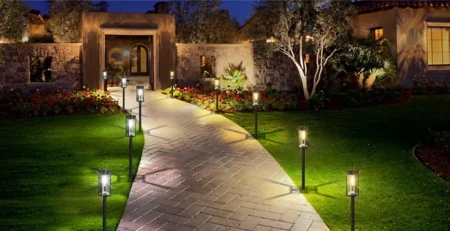
-1-2-450x231.webp)
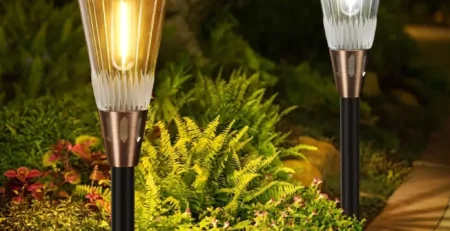
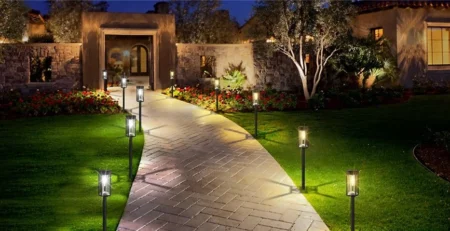
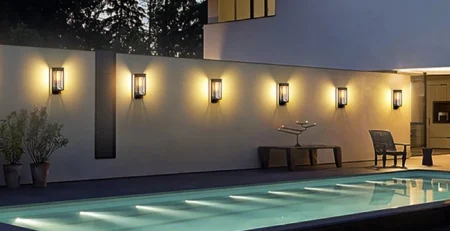
-3-450x231.webp)
Leave a Reply